I have had very heated discussions over the use of nativars with my purest friends in the native plant community. They prefer to use only true from seed native plants in their gardens, but I think selected varieties can be combined with true natives. It is worth digging into.
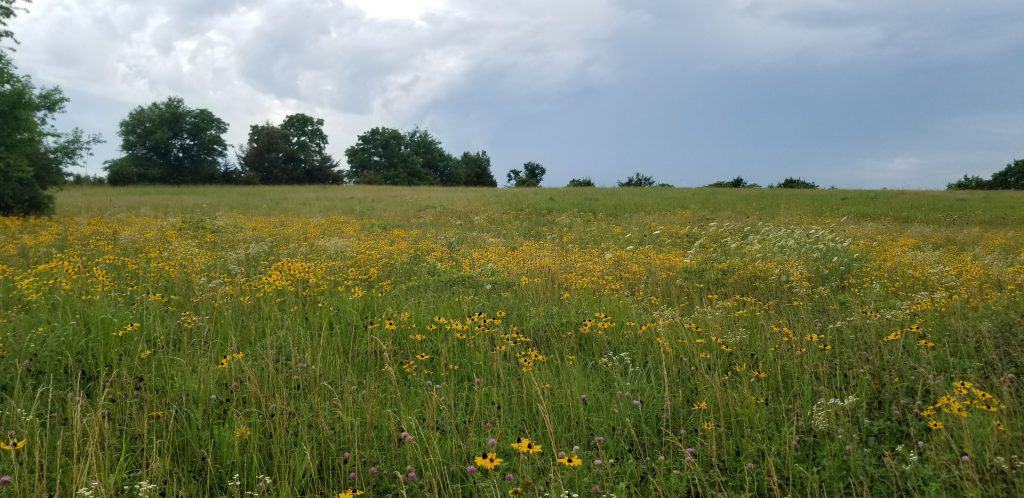
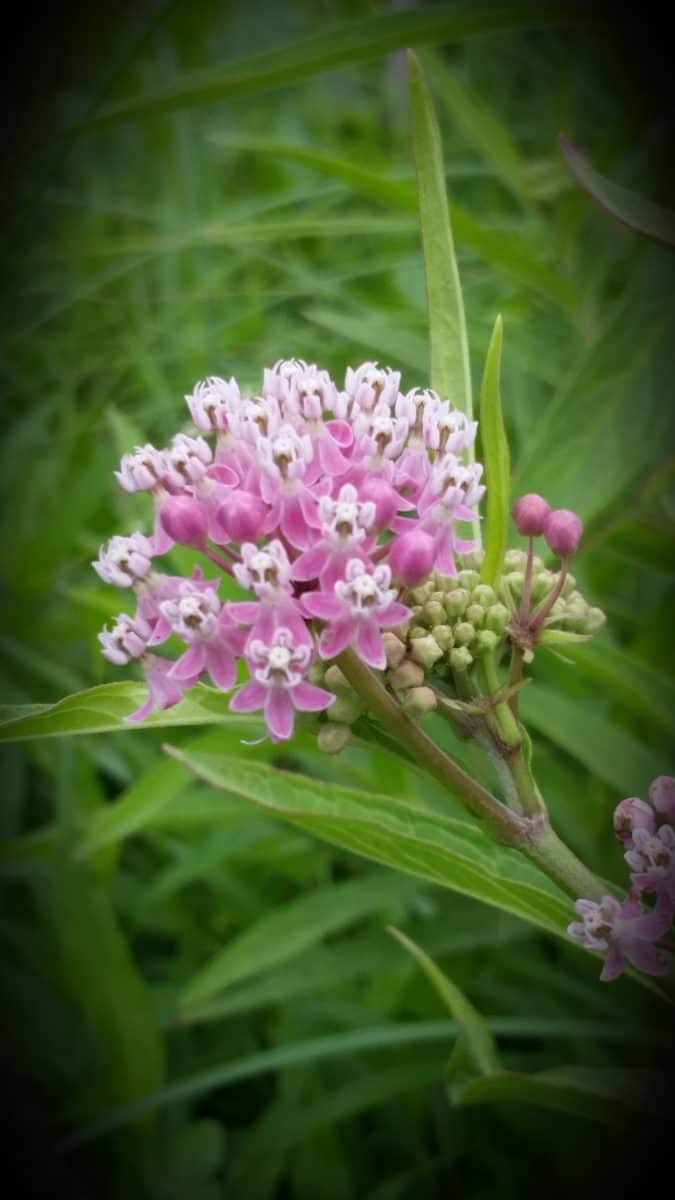
So, what are nativars?
Nativar is a term used by the green industry to describe a cultivar of a North American native plant. These cultivars may be derived from breeding, natural mutation, or just giving a trade name to a native to sell it better. Nativars and natives are sometimes the same thing.
One example of a native that is a nativar, is Asclepias incarnata ‘Cinderella’. This swamp milkweed was selected for its pink flowers and named to make it easier to sell in the nursery. Swamp milkweed’s natural color is pink in most ecoregions.
Now that we know what nativars are, we can make decisions about whether or not they might be better than natives. In some cases, they are. But it is from an insect’s point of view that we need to look at these. The importance behind using natives in the man-made landscape is for the benefit of wildlife (insects, birds, reptiles, amphibians, mammals).
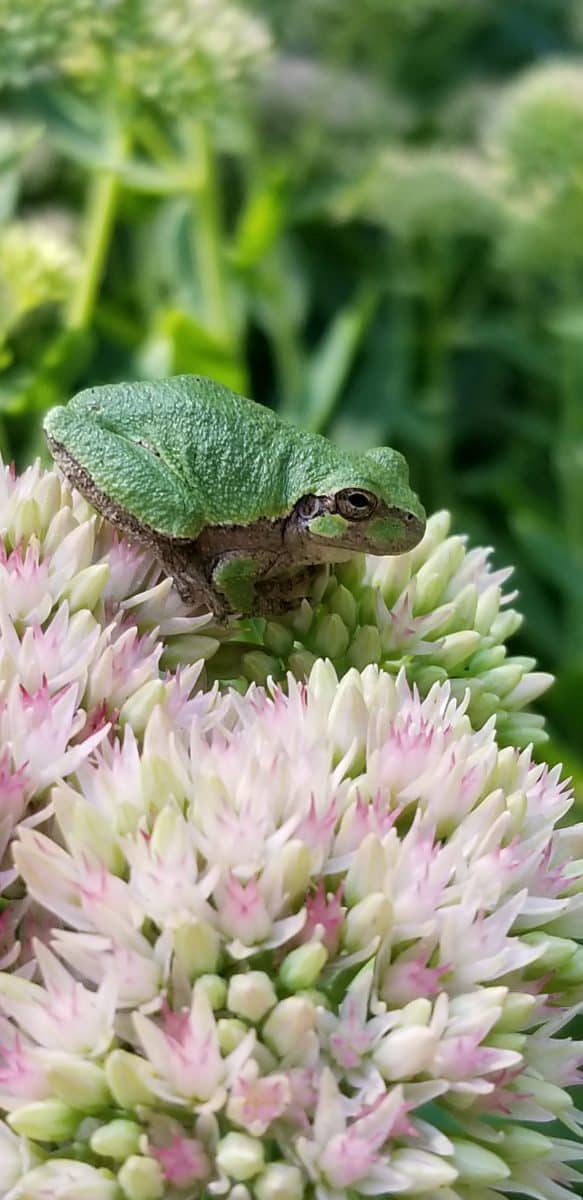
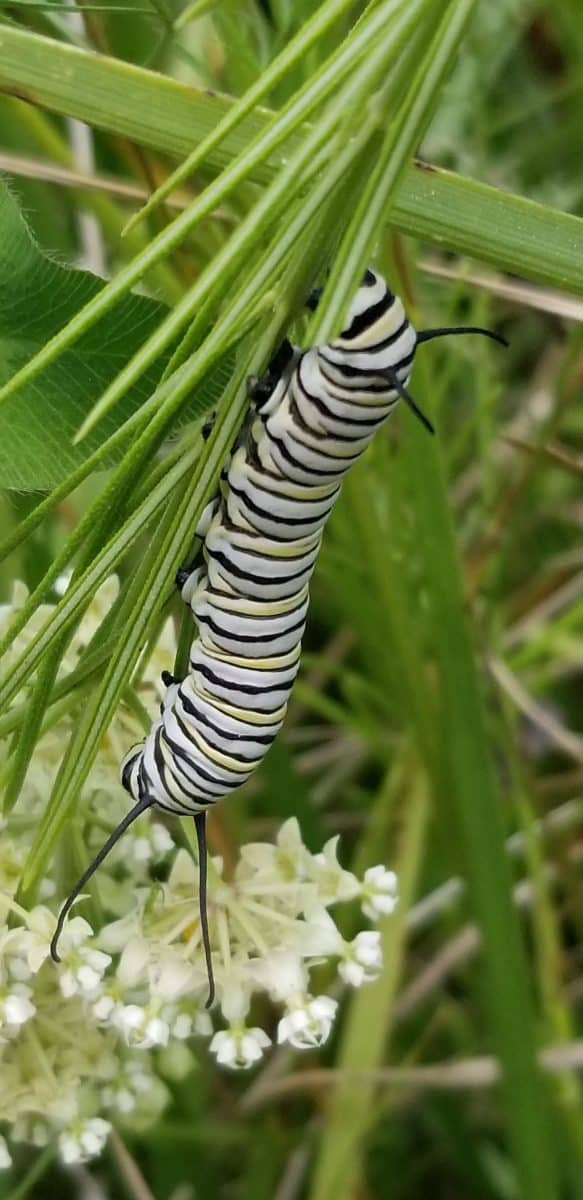
Pollinators and Natives
Before we get to the difference between true-from-seed natives and nativars, we need to know why natives are so important in the landscape. In North America, we are very aware of our ever-changing landscape. We have brought in many nonnative trees, shrubs, perennials, and grasses to beautify our landscape. And we are finding out that pollinators need more than just flowers, they need host plants.
While many people prefer a well-manicured lawn and landscape, others know that a few holes in their oak tree leaves are not going to take away from the clean look. I actually get very excited when I see insects on my oak tree (unless it is Japanese beetles). Native insects, especially butterfly and moth caterpillars, make up most of the diet of songbirds during the summer.
And who would not want more songbirds? When we plant more than 50 percent of our home landscape with nonnatives, we are contributing to the decline in urban bird populations.
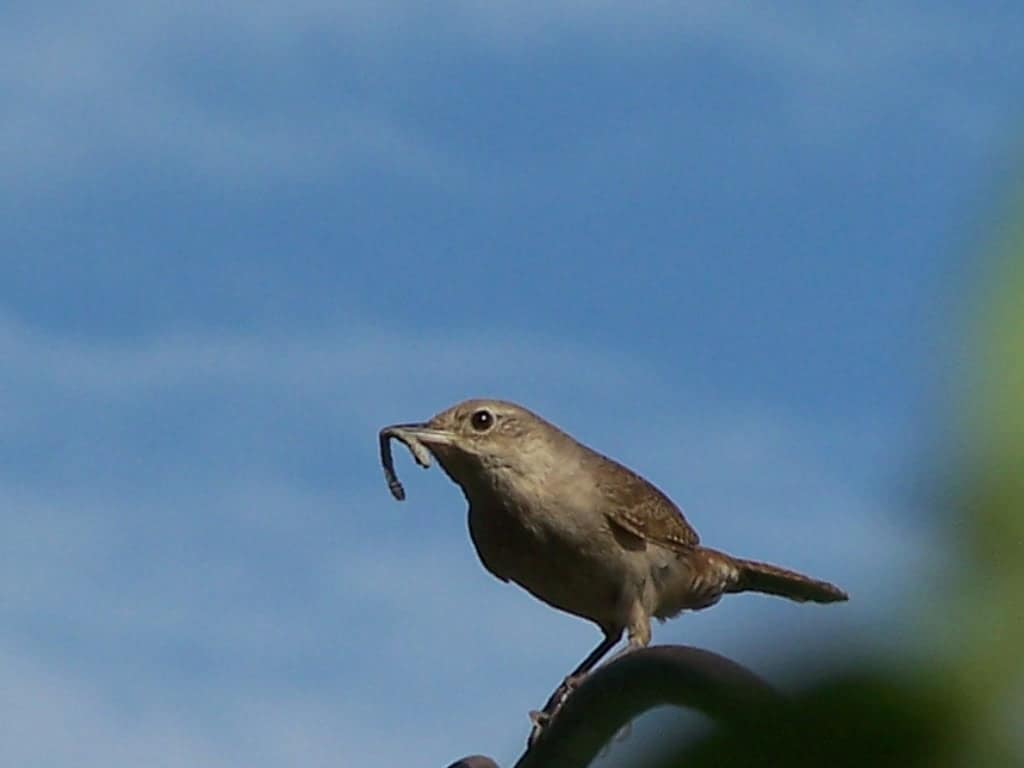
Lower native insect populations also lead to a decline in reptiles, amphibians, and mammals. While many would wish for less of these (especially snakes and rats) in their landscape, they need to recognize the importance of biodiversity for landscape health.
It has been researched and found that native pollinators prefer native plants. Not just for nectar, but also for hosting their larvae. We as landscapers and gardeners need to support our native ecosystems through the planting of natives and nativars.
What are Some Traits that Make Nativars Better than Natives?
When it comes to the landscape, you can see a lot of nativars that were selected for their resistance to insect damage. One of the most widely used of these is the common ninebark, Physocarpus opulifolius. Ninebark varieties such as ‘Diablo’, ‘Little Devil’, and ‘Coppertina’, have dark colored foliage. This foliage is rarely chomped on by insects. The reddish coloration has been known to deter insects from eating it.
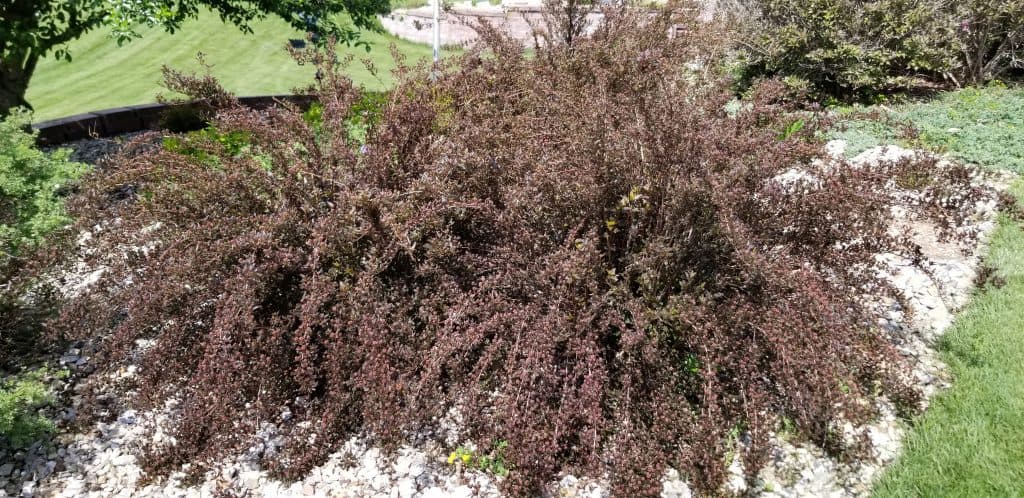
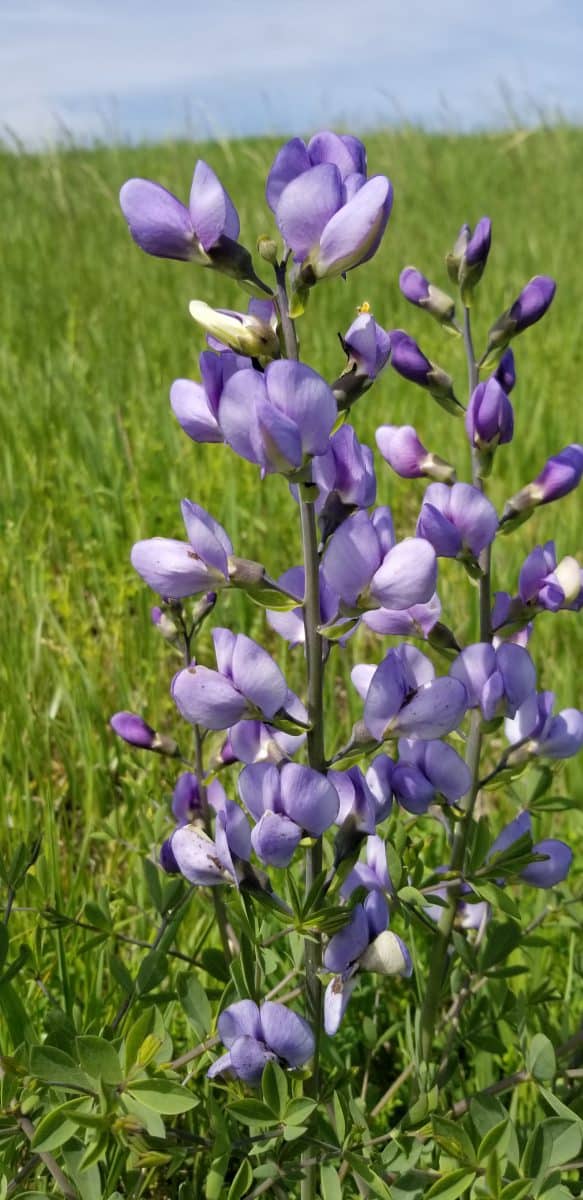
While the above example is great for gardeners who want a more pristine look, it does not help native insects. Some of the traits that nativars have been selected for include flower showiness, nectar production, flower color, and dwarfing habit. Most of the breeding around natives have focused on disease resistance and flower color.
Baptisias are perhaps one of the most well-known natives to have been transformed through breeding. In the last 15 years, there has been an explosion of new cultivars on the market. Despite this, one of the most popular is still the native blue false indigo, Baptisia australis. This is because when sited properly, blue false indigo is a great plant.
While cultivars of baptisia focus on number of blooms per plant and flower color, the native standby is an exceptional plant. I have trialed 6 varieties of baptisia in my own gardens, and I was most impressed with the true native. However, for color standout and quickest to flower, ‘Cherries Jubilee’ was the best cultivar.
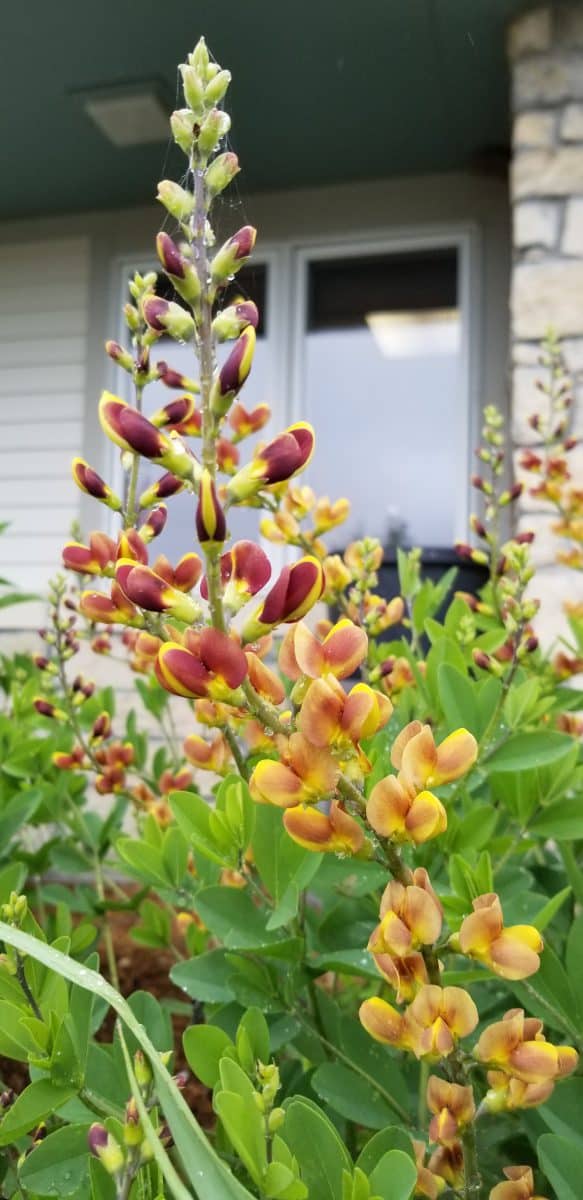
Do Insects Prefer Natives or Nativars?
I have read several studies that say results are inconclusive. This means that the data recorded does not support either option. I think what happens is that some insects do prefer certain nativars over natives, and vice versa. The best thing to do is to research what natives are best suited for your area and plant them and some nativars of them.
Many natives do not work well in a typical landscape arrangement such as foundation plantings or rock-mulched landscapes. But many nativars do work in these situations. I have developed several lists for these situations. Over the last 15 years I have evaluated plants in the landscapes of my customers as well as my own home.
One thing I have noticed, before we get into lists, is that there are not vary many nativars of North American shade plants available. I expect that to change as more and more people turn to planting natives as a way to combat climate destabilization.
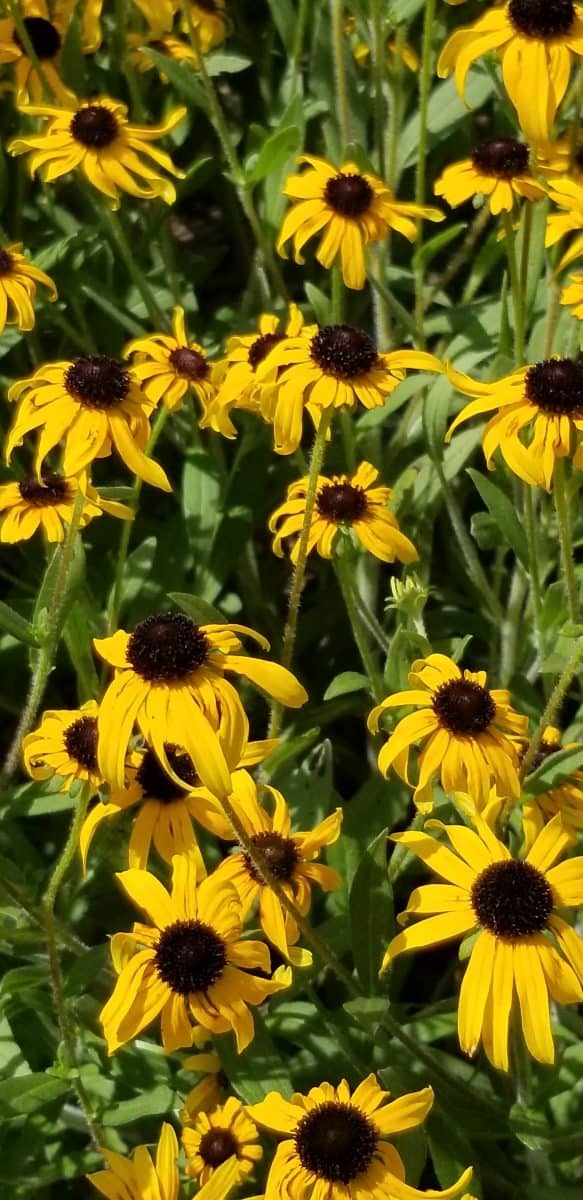
Best Nativars for Sunny Landscapes
- Agastache ‘Blue Boa’
- Asclepias incarnata ‘Ice Ballet’
- Asclepias tuberosa ‘Hello Yellow’
- Baptisia ‘Cherries Jubilee’
- Baptisia ‘Pink Lemonade’
- Echinacea Sombrero Series
- Gentiana ‘True Blue’
- Heliopsis ‘ Tuscan Sun’
- Heliopsis ‘Burning Hearts’
- Helianthus salicifolius ‘First Light’
- Liatris spicata ‘Kobold’
- Penstemon ‘Prairie Dusk’
- Penstemon ‘Onyx & Pearls’
- Rudbeckia ‘American Gold Rush’
- Rudbeckia ‘Little Henry’
- Solidago ‘Fireworks’
- Vernonia ‘Iron Butterfly’
- Veronicastrum ‘Fascination’
This is a list of plants that I have either trialed or observed closely over the years. Any of these would be welcome in a landscape setting in town or around the house. All except for Echinacea, Veronicastrum, and Gentiana would work well in rock-mulched landscapes.
These plants do not spread aggressively either by seed or rhizomes, making them ideal plants for maintained landscapes.
Best Natives for Sunny Landscapes
When it comes to landscaping, most places would not add natives unless they can stand up by themselves. If you are able to plant natives in a meadow type setting, that would be best for them. However, the following list is a group of natives that can be used in typical landscaping, but also in meadow gardens.
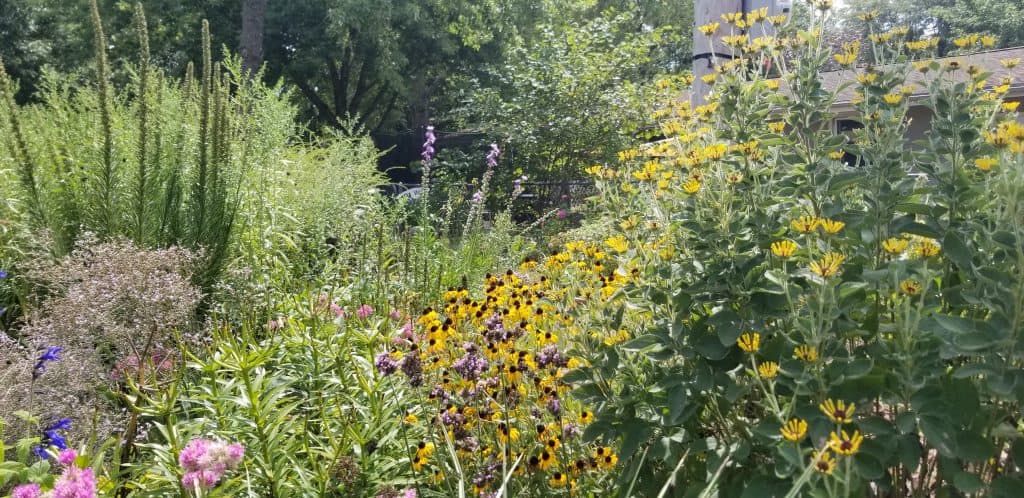
- Asclepias incarnata, tuberosa, & purpurascens
- Echinacea purpurea, pallida, & paradoxa
- Helenium autumnale
- Liatris aspera, punctata, pyncnostachya, & spicata
- Rudbeckia fulgida, maxima, & missouriensis
- Symphyotrichum laeve, oblongifolium, & novae-angliae
- Lobelia silphilitica
- Amorpha canescens
- Baptisia australis
- Pycnanthemums
- Phlox paniculata
- Clematis fremontii
- Penstemon digitalis & cobaea
- Glandularia canadensis
- Verbena stricta
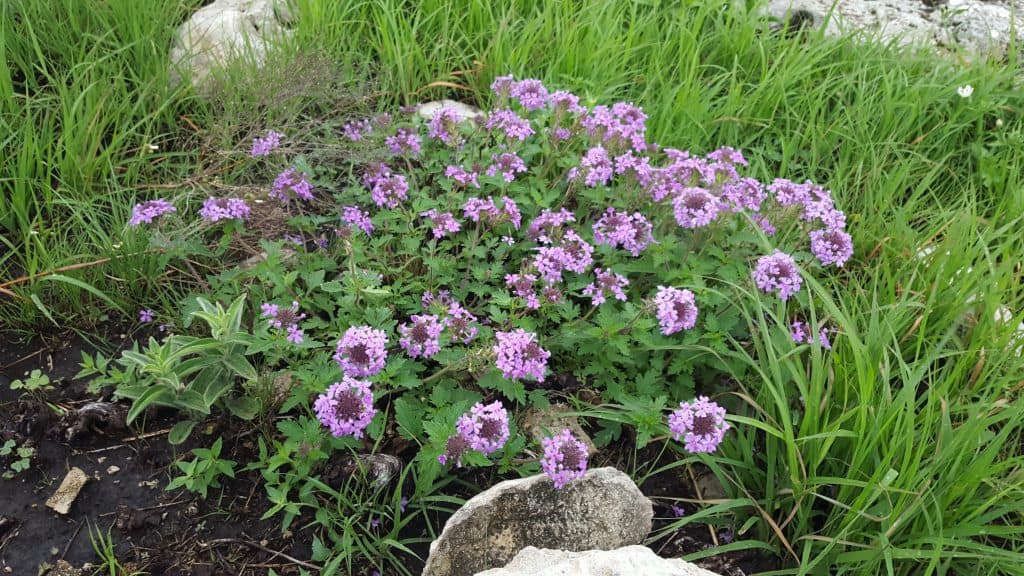
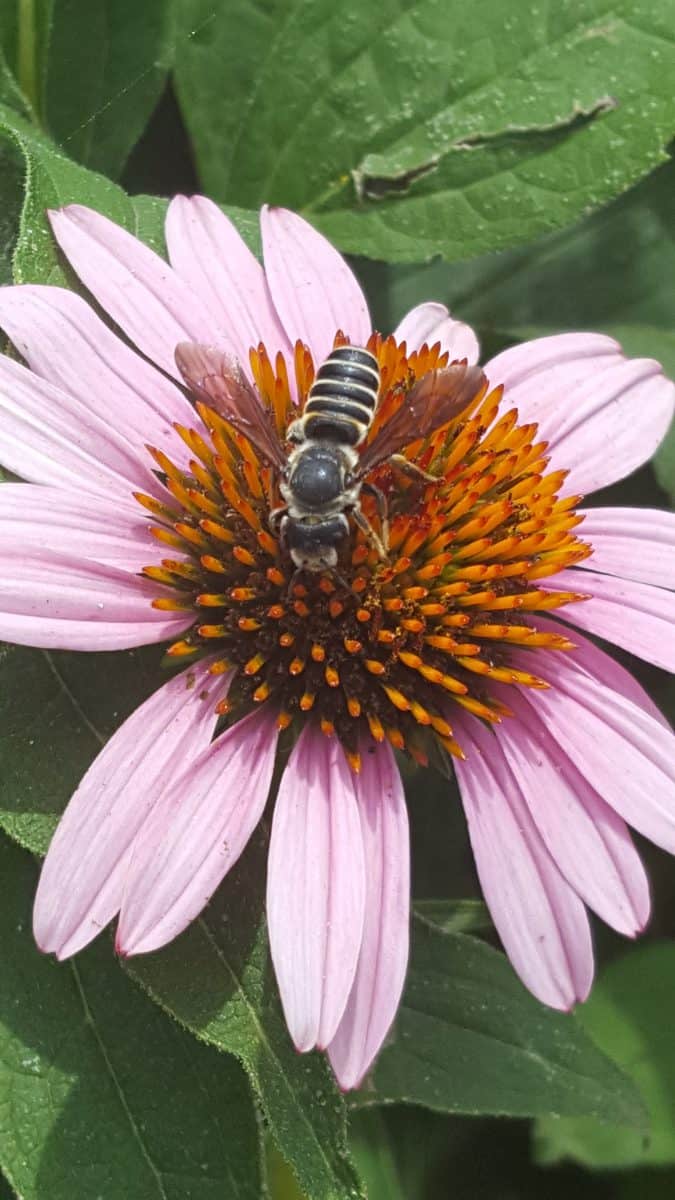
Benefits of Planting More Natives (or Nativars)
Once you have made your own decision on how to add more natives or nativars into your landscape, you will begin to see benefits. One of the first things I noticed when adding new landscaping heavy with natives (more than 60%) was an increase in bees.
Besides wild and farmed honeybees, I began to see a huge increase in various bumblebees, leafcutter bees, and solitary bees. These insects transformed my once dull landscape into a mass of buzzing activity. And contrary to popular belief, bees WILL NOT attack you unless you are too close to their nest.
In the second and third years after my initial planting, I began to see both butterflies and moths increase. One of the things I have noticed in the last three years is butterflies that I have never observed before, both caterpillars and adults. These include the Harvester butterfly, Henry’s Elfin butterfly, and several skippers.
Moths are always fascinating to me and I observe more and more species each year as my landscape matures. Moth caterpillars are a staple in the diet of many of my favorite songbirds. These include chickadees, bluebirds, tufted titmice, Carolina wrens, and indigo buntings. There are a lot more songbirds than these, but these are my favorites.
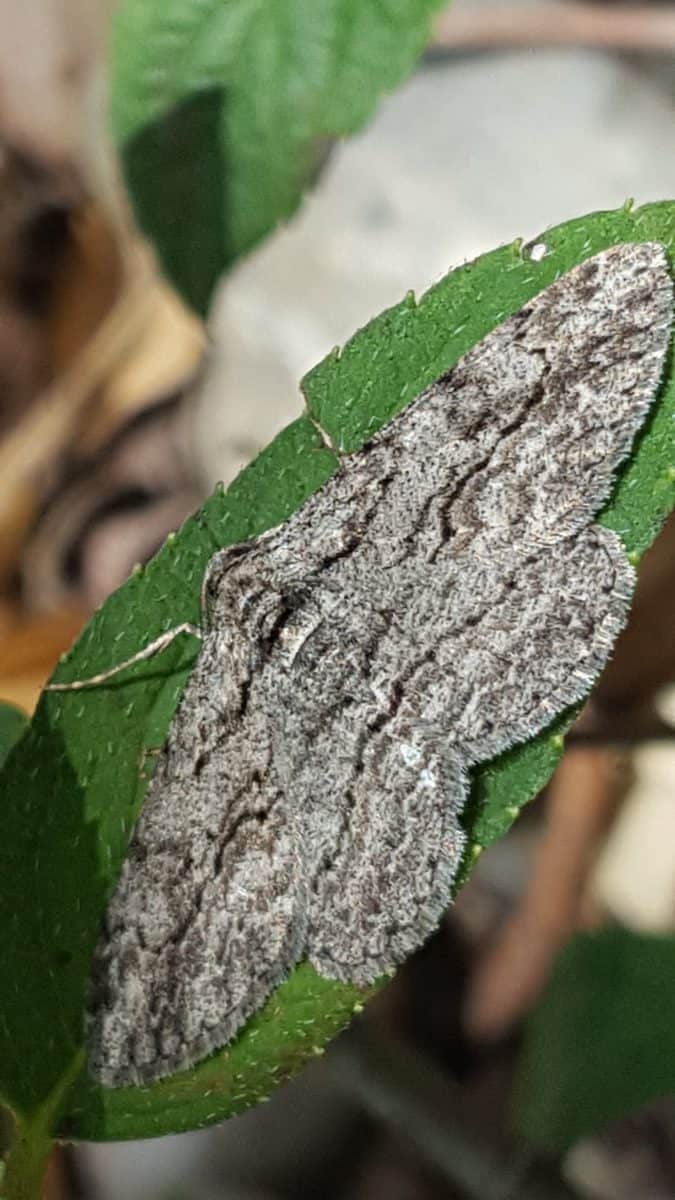
Conclusion
Both natives and nativars can increase the biodiversity of your landscape. While there is no significant difference in cultivars of natives or true-from-seed natives, many purists will try to sway gardeners into growing only natives. I believe that a well-balanced and diverse landscape can have both. Just as long as you have at least 60% natives or nativars over nonnatives.



